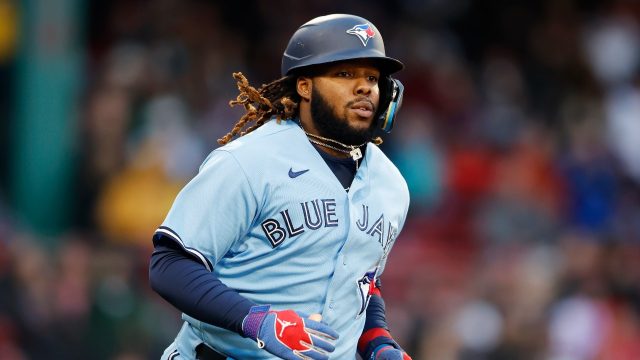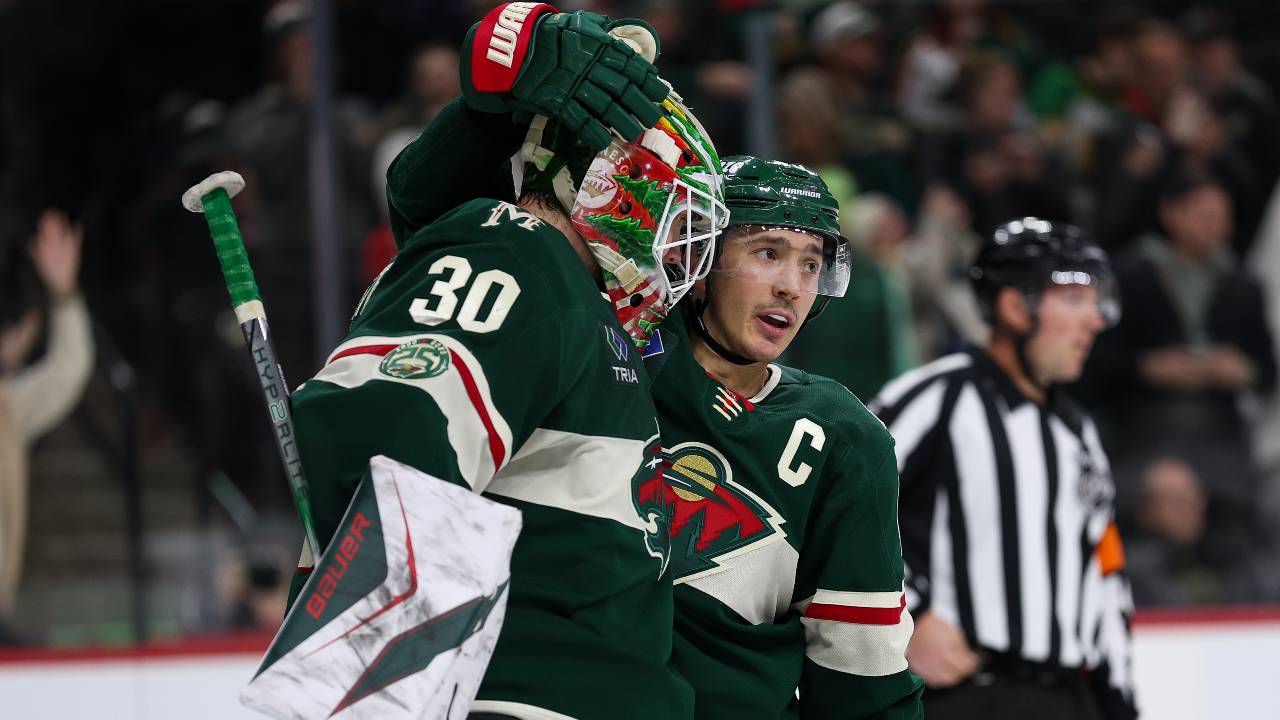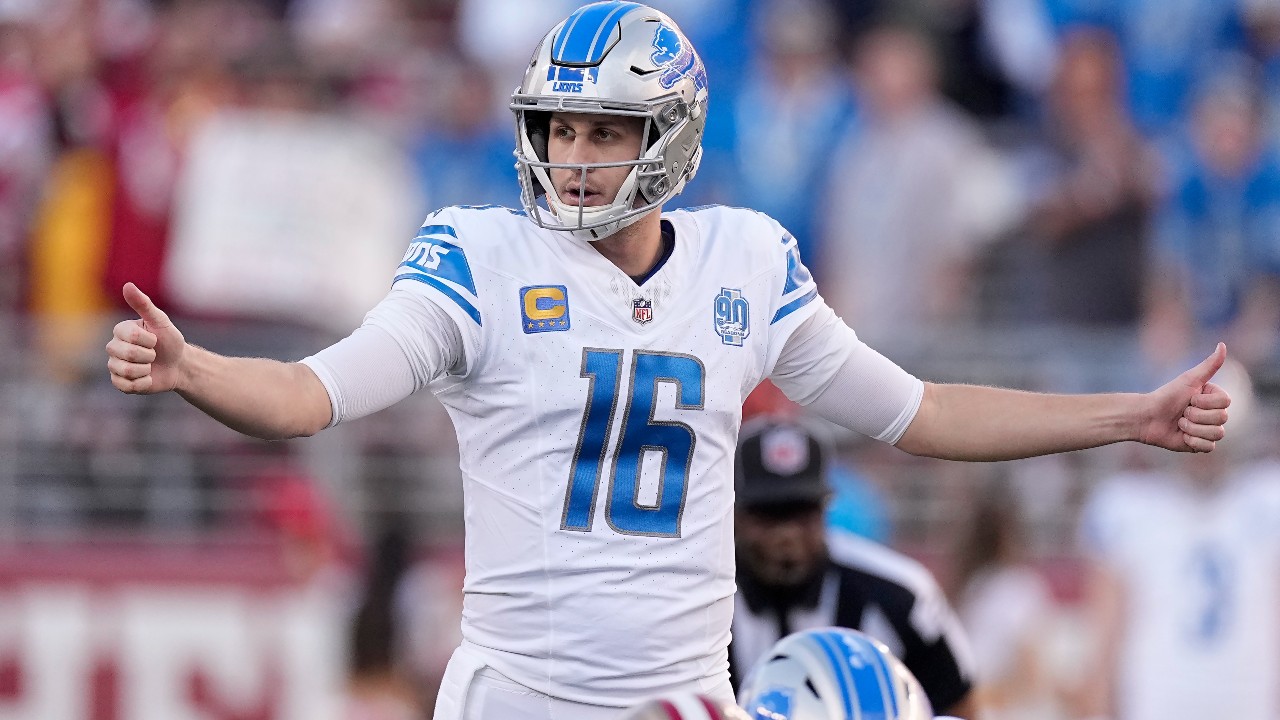
TORONTO – José Berríos has been better this season than he was in 2022 by every metric that matters.
He’s striking out more hitters, walking fewer, keeping the ball in the park more effectively and allowing a significantly lower average exit velocity. The result is a better ERA, FIP, xFIP, and xERA. His fWAR (1.0) in 2023 has nearly equaled his 2022 total (1.1) in one quarter as many starts.
That all sounds encouraging, but Berríos doesn’t have a high bar to clear. Calling his 2022 season forgettable would be generous, considering he tied Germán Márquez for the major-league lead in earned runs allowed (100).
Berríos’ early-season gains have mostly been on the modest side. His strikeouts are up from 2022, but if you throw away last season, they’re at their lowest point since 2017. His walk rate is down by just 0.3 percent. His ERA (4.70) is still significantly above league average (4.31) and his xERA (4.87) isn’t far off last year’s mark (5.11).
There is one area where he’s made significant strides, though.
Berríos has done a far better job of keeping the ball on the ground than ever before. Not only is his groundball rate (51.1%) much higher than any he’s produced in any of his prior seasons, it’s a better number than he’s ever had over an eight-start span.
The most obvious explanation for those results would be a change in pitch mix with an emphasis on pitches more likely to generate grounders, but Berríos is deploying his arsenal in a similar way to 2022:
While the repertoire is largely the same, two of Berríos’ four pitches are generating grounders at a much higher rate than usual: his changeup and sinker.
Both of those offerings are inducing negative launch angles on batted balls against them. That’s significant as Berríos has never had a pitch he’s thrown more than 20 times generate a negative launch angle in a season before 2023 — and he hasn’t had one below eight degrees since 2016.
Overall, his average launch angle against (5.9 degrees) is less than half of his career average (13.6):
The question of why hitters are suddenly topping his changeup and sinker doesn’t have an obvious answer as neither pitch is moving much differently than it has in the past. His changeup is also located very similarly this year to where it was placed in 2022:
His sinker is a different story. Last season, he consistently placed it on the armside, letting it run in to right-handed hitters and away from lefties:
This year, he’s switched up his focus, hugging the glove side.
The heatmap above tells the story of a pitcher who’s staying out of the middle of the zone more — and the strategy of jamming lefties and trying to get right-handers reaching has resulted in plenty of grounders. Berríos has a 69.5 per cent groundball rate with his sinker, up from 47.5 per cent last year.
What we’re looking at is still a relatively subtle change and the sample size remains on the small side. That said, if Berríos is able to keep his success inducing grounders going, that will be critical to his success putting together a bounce-back 2023.
The 28-year-old is not striking out hitters at an elite rate, which is leading to plenty of batted-ball events. Surviving all of those balls in play can be difficult when you allow plenty of hard contact — a description that applies to Berríos, considering his xwOBA on contact (.419) is similar to what he produced last year (.405).
Nothing in Berríos’ track record suggests he’s about to start inducing soft batted balls like Chris Bassitt or Alek Manoah last season. But if he can maximize the amount of contact that comes on the ground, it’ll help him mitigate his difficulty preventing hard-hit balls. More specifically, it’ll keep the ball in the park.
Last season, Berríos had the 17th-highest HR/9 (1.52) among the 140 pitchers with a workload of 100 innings or more. This year the right-hander’s HR/9 (0.98) is well below the league average (1.17). Very little of that improvement is due to a superior ability to prevent flyballs from clearing the wall.
Berríos’ HR/FB (12.2%) in 2023 is in line with his career average (12.4%) and just below last year’s number (13.5%). Preventing flyballs from happening in the first place is the key.
Last year, Berríos proved he’s one of the most difficult players to project by going from one of MLB’s most consistent starters to one of the majors’ easiest pitchers to hit. With that in mind, it doesn’t seem wise to make bold proclamations about what the rest of his 2023 will look like.
Even so, his early success inducing groundballs is intriguing. If he’s able to keep it up, his 2023 season won’t just clear the low bar of being better than the one that preceded it. It could be a true bounce-back campaign.














